Le pneumatique a toujours été un sujet de discorde au sein de la communauté cycliste. N'aidant pas la cause, on voit depuis quelques années l’apparitionsç de nombreuses technologies qui prétendent chacune à leur tour révolutionner l’industrie. Le temps où il existait seulement deux clans – les boyaux et les chambres à air – est bien révolu. Pneu sans chambre à air, tubeless et tube en latex se disputent la place sur les rayons pneumatiques des magasins de vélo. Peut-on dire qu’on est en train de réinventer la roue ?
RIDING WITH THE RIGHT TIRES
How to choose the right inner tube?
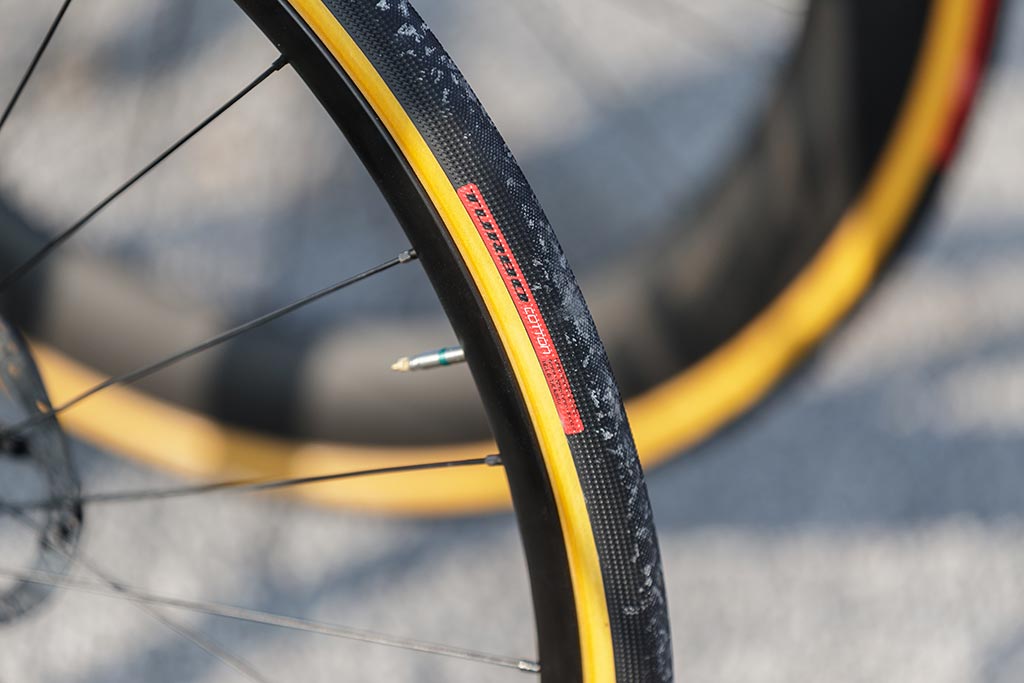
Tires have always been a contentious issue within the cycling community. Not helping the cause, in the last few years we have seen the emergence of numerous technologies that each claim to revolutionize the industry. The days when there were only two clans - tubulars and inner tubes - are long gone. Tubeless, tubulars and latex tubes are all vying for space on the tire shelves of bike stores. Can we say that we are reinventing the wheel?
In 2020, Julian Alaphilipe won the Tour de France, the first victory in professional cycling on an air tube system. The world champion repeated the feat in 2021 as well. With these victories, the French cyclist proved that the inner tube is still the most affordable technology available on the market.
Affordable, simple to use, but not without variety. In addition to the large number of sizes available in store, a multitude of tube materials have appeared: butyl, latex and TBU are now the main materials found on the shelves. Therefore, Quilicot wanted to dig into the issue of inner tubes and expose the different advantages of each of them.
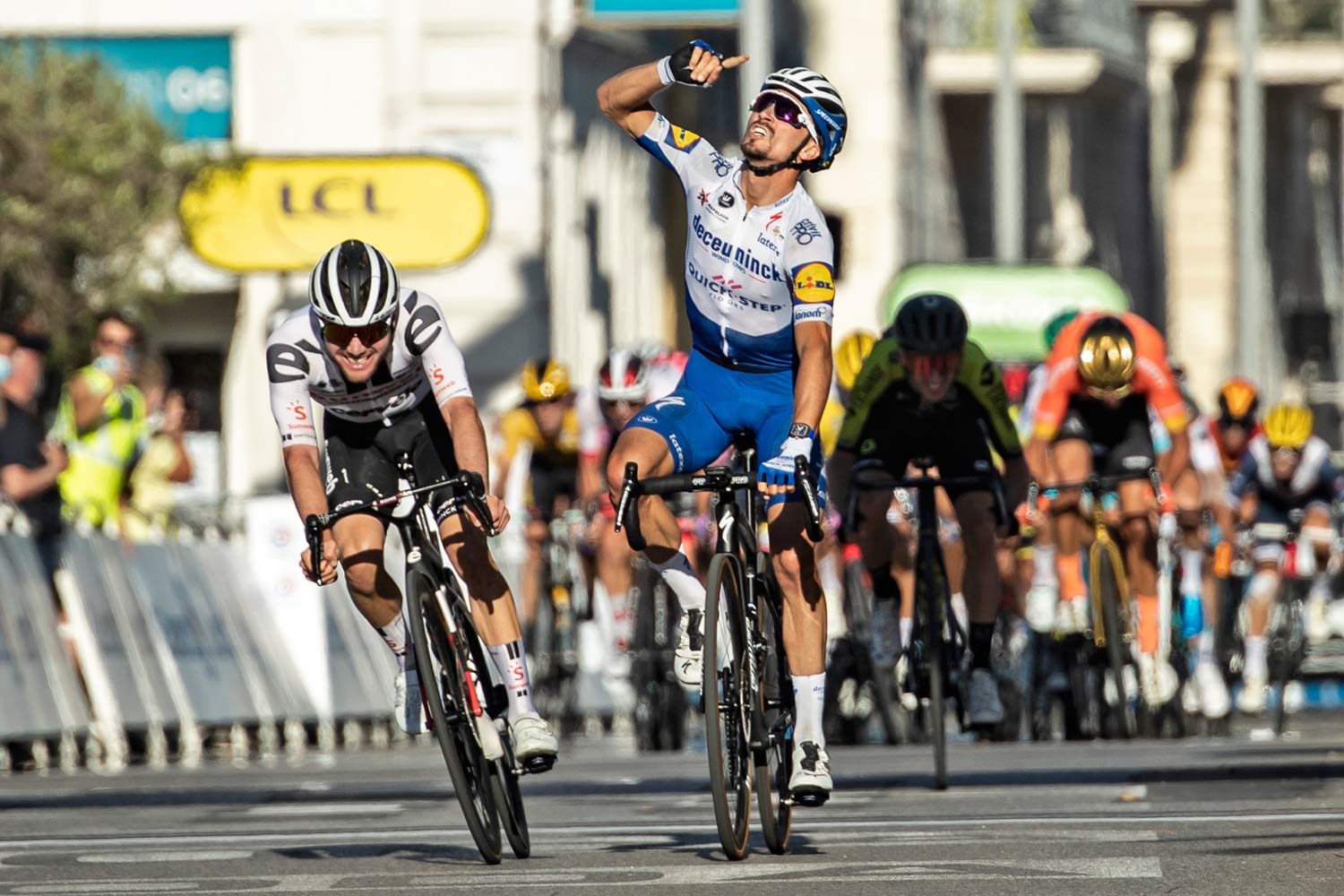
©A.S.O. / Alex Broadway
THE IMPORTANT CHARACTERISTICS OF A TUBE
What should we look for when comparing tubes? We have chosen to take into account three criteria to evaluate which is the best tube option. These comparisons also allow us to better advise you.
They are mainly:
- the capacity to keep the air
- the solidity
- the performance
THE BUTYL TUBE
This is the default tube, the one you will find in every store in the world. It is the most affordable of all the options: between $5 and $15 per unit. If you thought that the butyl tube, the cheapest of the three types, was less efficient in every way, then think again!
Tests conducted by the Cycling Tips team show that butyl tubes have an excellent performance on air retention. After 6 days of resting, the cheapest tube will have lost only 5% of its initial air content. This is an interesting point for urban cyclists who don't want to worry about tire pressure every day, or Sunday cyclists who ride less frequently.
What about strength? The butyl tube, unlike its latex cousin - as we will see shortly later - is still pretty good at dealing with punctures, as long as it's properly inflated. It will not be able to prevent pinch flats and debris from going through the tire. However, when properly inflated, it remains a reasonable and reliable choice.
Finally, how does it perform? The butyl tube is the heaviest of the tubes and by default the least performing. It is also the one that will require the most effort from the rider when set in motion. To answer this problem, companies have developed light tubes (like the Specialized Turbo light) that somehow address the weight issue. In this sense, for urban or recreational use, butyl tubing is probably the best choice because of its reliability in retaining air and avoiding punctures. However, the higher level rider may be hampered by weight, especially in a sport where thousandths of a second make a difference.
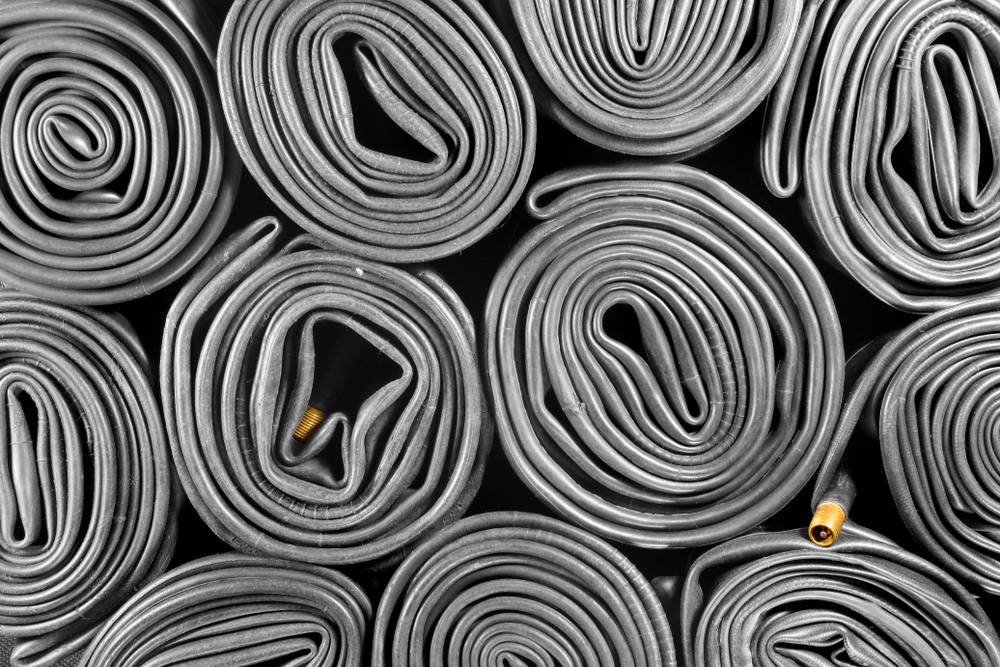
THE LATEX TUBE
Latex tubing came to the cycling industry as an answer to the weight problem caused by butyl tubing. Its light weight does not come without cost: between $25 and $40 for a tube. Let's see how they fare according to the three criteria we have established in the previous section. According to the Cycling Tips article, latex tubes offer the worst air retention performance. In 6 days, just over 27% of the air volume will have left the tube. In addition to this poor result, it should be remembered that the latex tube is generally intended for higher level cyclists, those for whom inflating tires is a daily action that is done before each ride or competition. As far as the strength of the tube is concerned, the yields are about the same as those of regular tubes. However, be careful during installation! Latex tubing is thinner and less forgiving than butyl tubing if improperly installed. The companies will recommend to have a good experience before installing this kind of tube or to deal with a specialized store (we can recommend one :)).
Most importantly, the last criterion is the one that surprised us the most: performance. The latex tube weighs less than 85g, which is 25g less than the average butyl tube. Spread over two wheels, it's more than 50 grams saved. Remember that these 50 grams are even more important since they are constantly rotating in the wheels. The impact on the performance is considerable since it is 5.5 W per wheel saved, thanks to the latex tube. For high performance cyclists, this is a low cost item based on the gain. All in all, the latex inner tube is mainly aimed at experienced cyclists. It is a relatively inexpensive alternative to tubular or tubeless if you only have a beadlock wheel
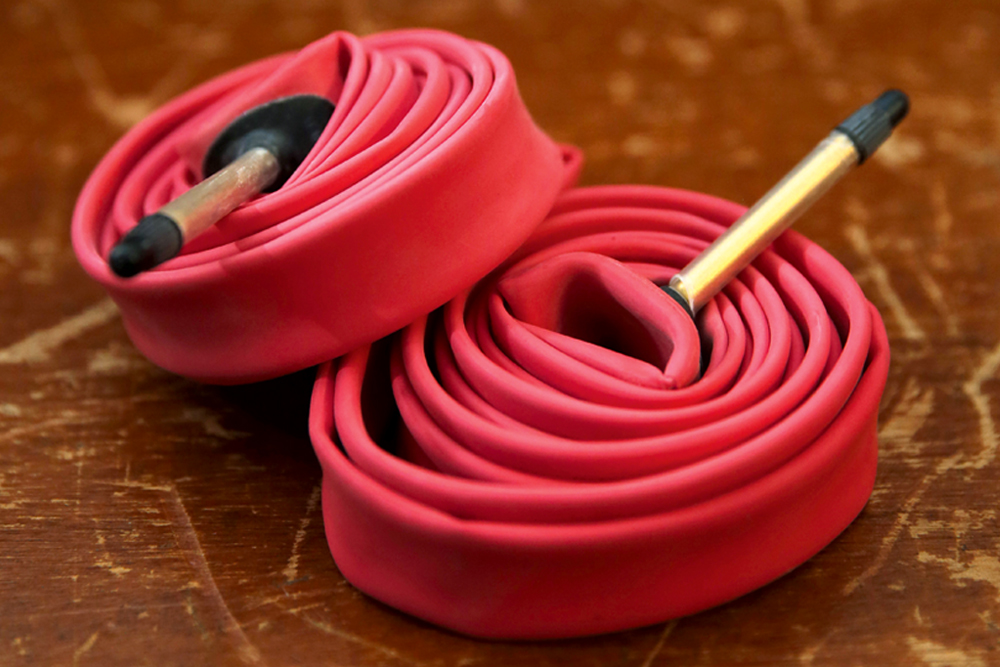
YHE TBU COMPOUND TUBE
This is the latest technology in tire tubes. The TBU is intended to solve all the problems that the tire industry has experienced until now. What is TBU? It is a plastic and elastomer compound that makes the tube lighter and stronger. Price-wise, it is the most expensive type of tube on the market: more than $50 per tube. However, the cost is well worth it. With less than 4% retention after 6 days, it is the tube that keeps its air the most. Regarding the weight, it is 10 g less than latex tubes per tire, increasing considerably the performance on the road. Finally, the plastic material allows the TBU tube to be more resistant than all its competitors. In conclusion, this is probably the best performing tube on the market. Being still a new technology, it certainly comes with a cost since you will have to pay more than 100$ to equip your bike with this solution.
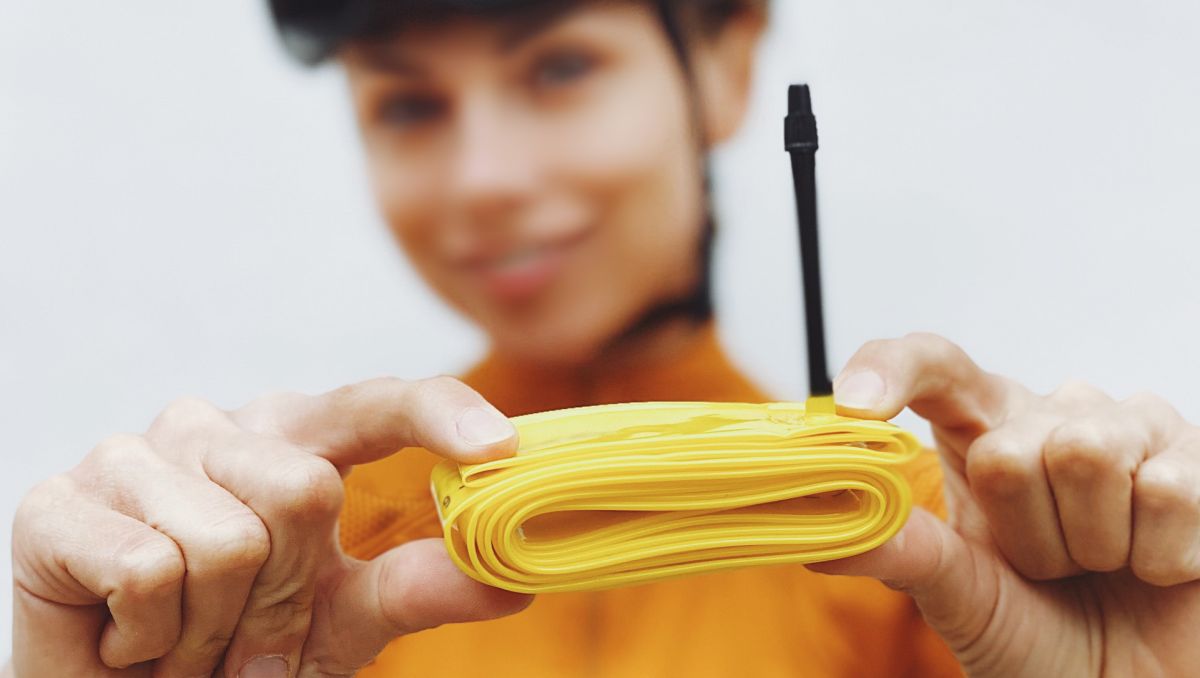
With the resurgence of tires with internal tube systems, products like TBU tubes will soon become the norm. In the meantime, the latex model allows you to enjoy the benefits of a lightweight tube. The good old butyl tube is still the most affordable option for cyclists with an urban lifestyle, or who simply want to find reliability and strength in their tube choice.


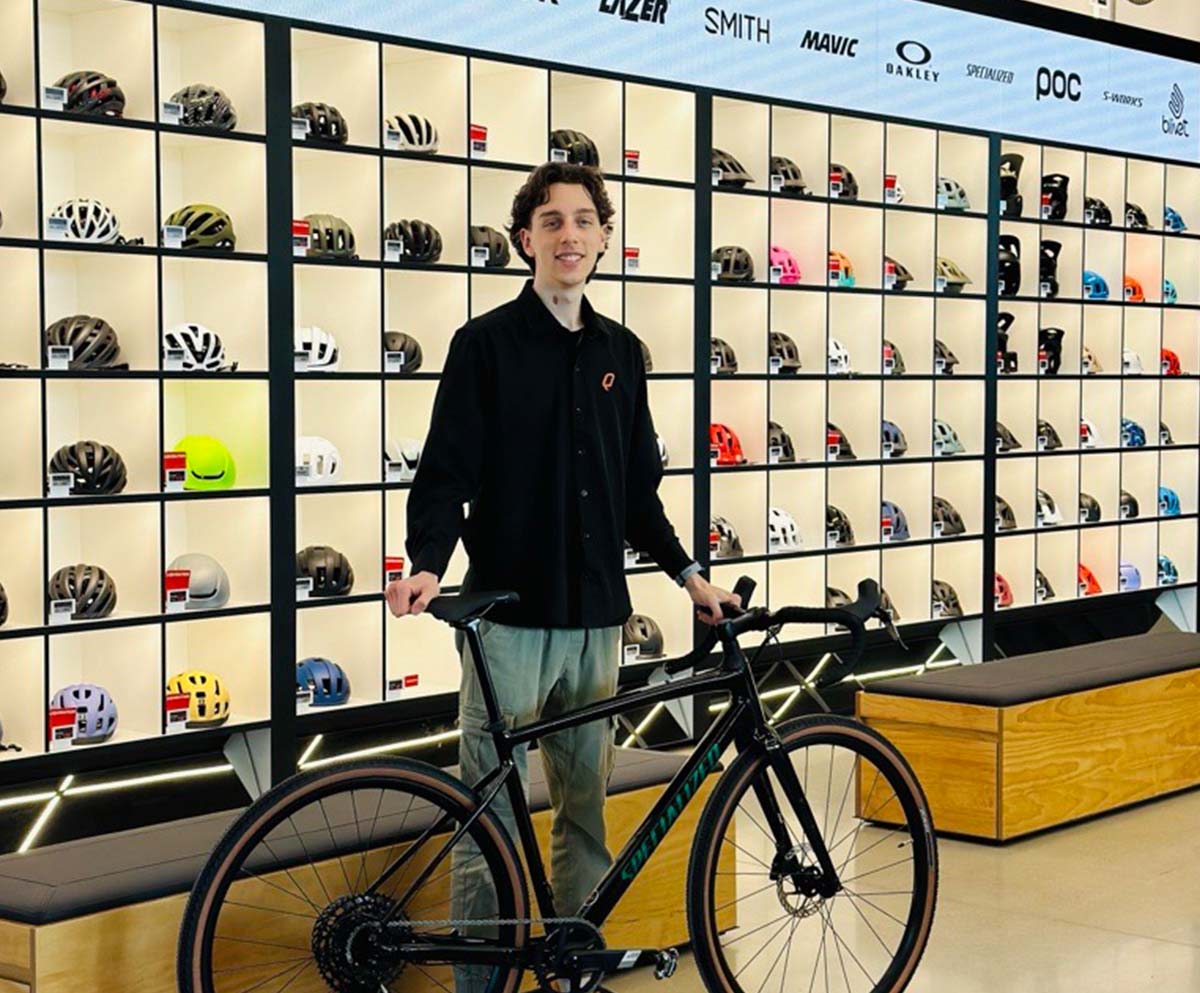
The information below is required for social login